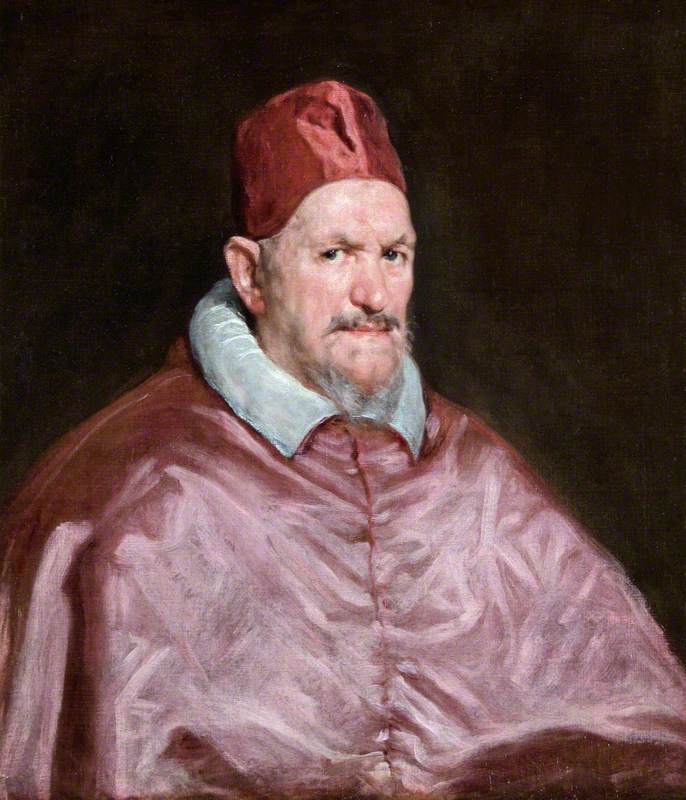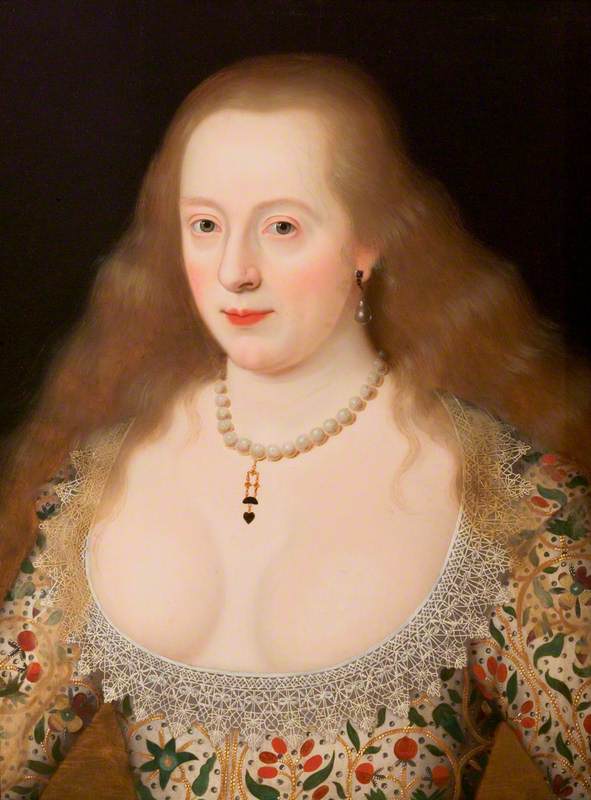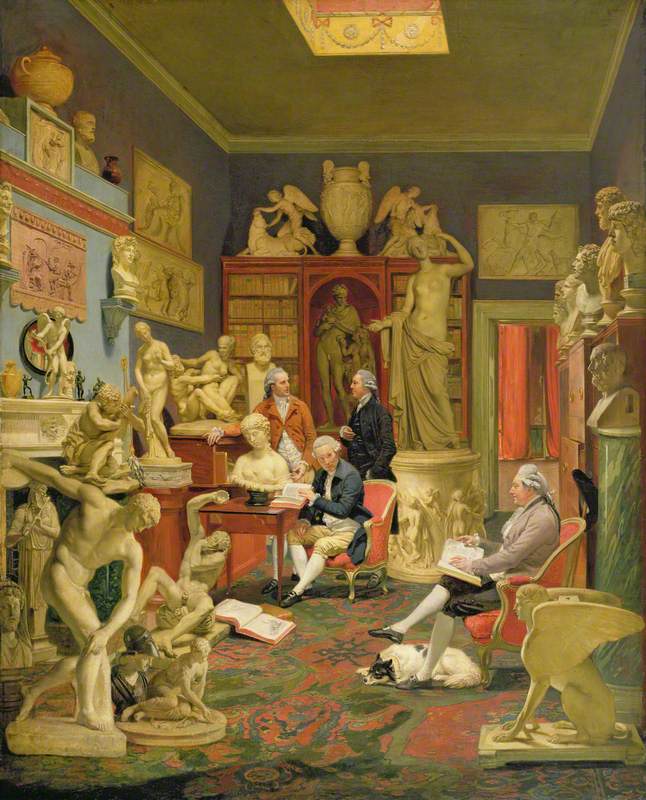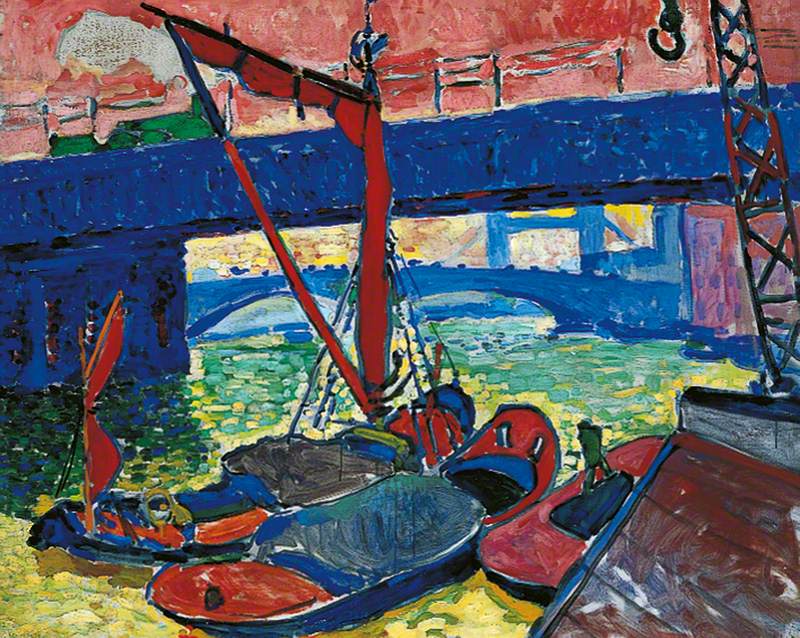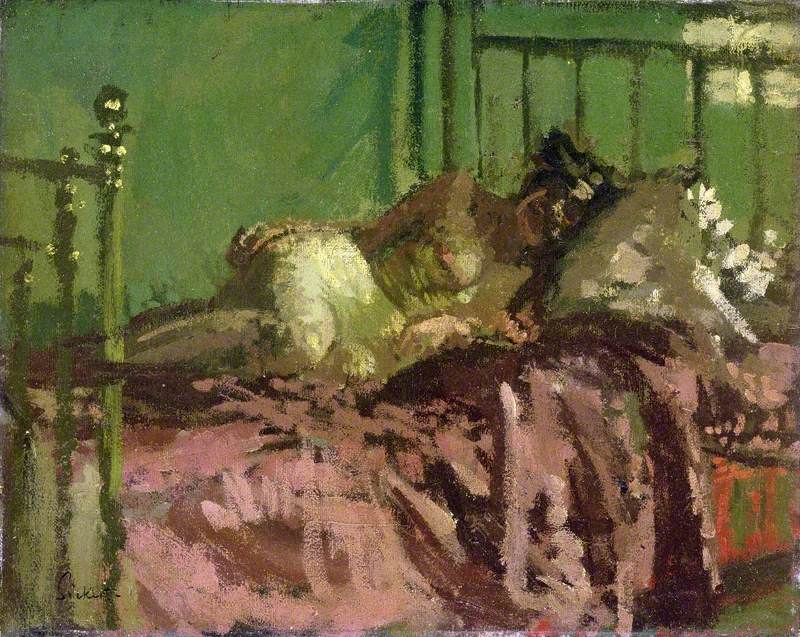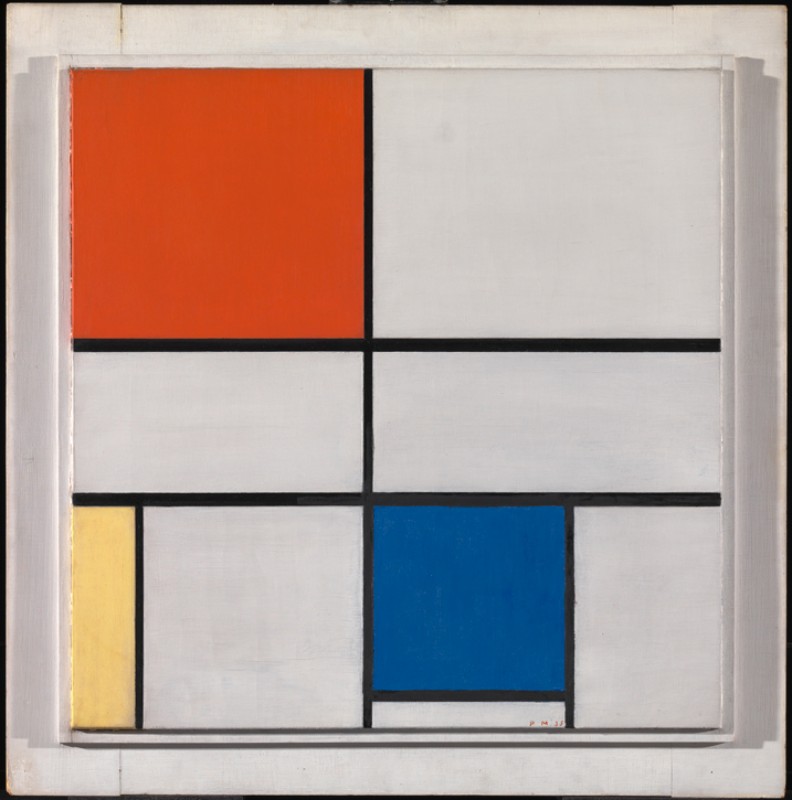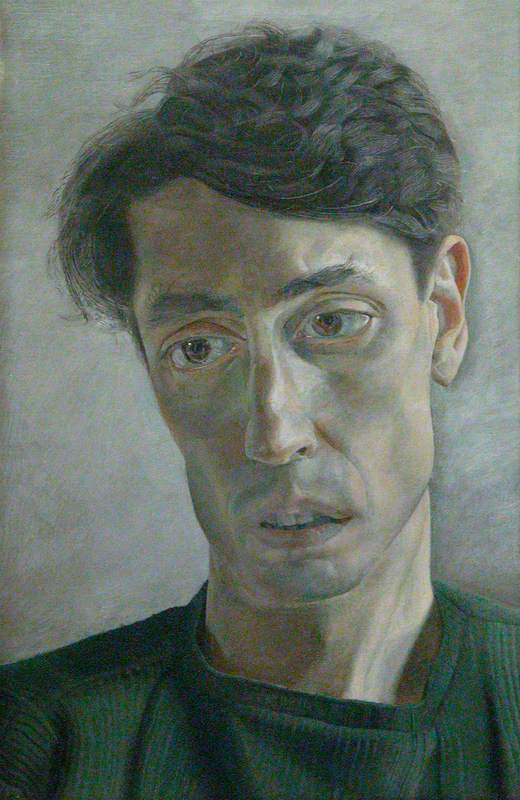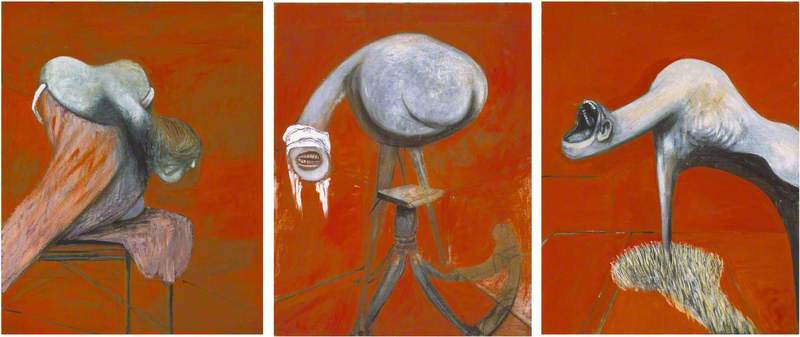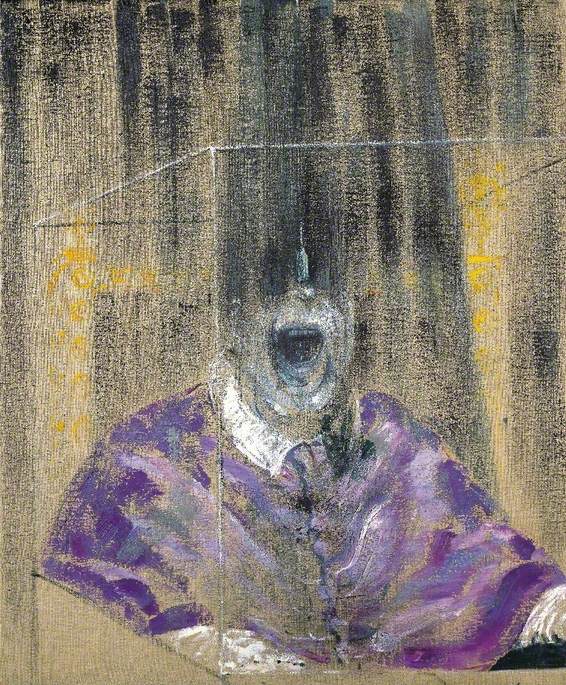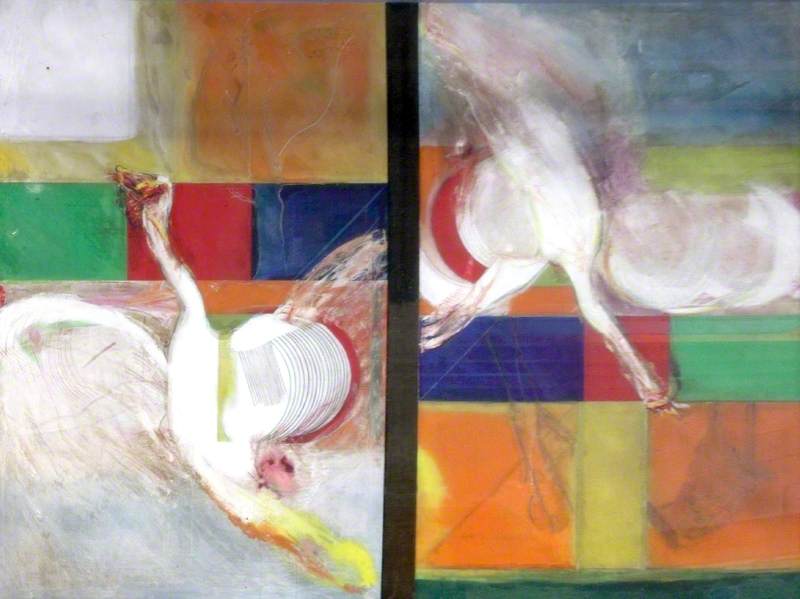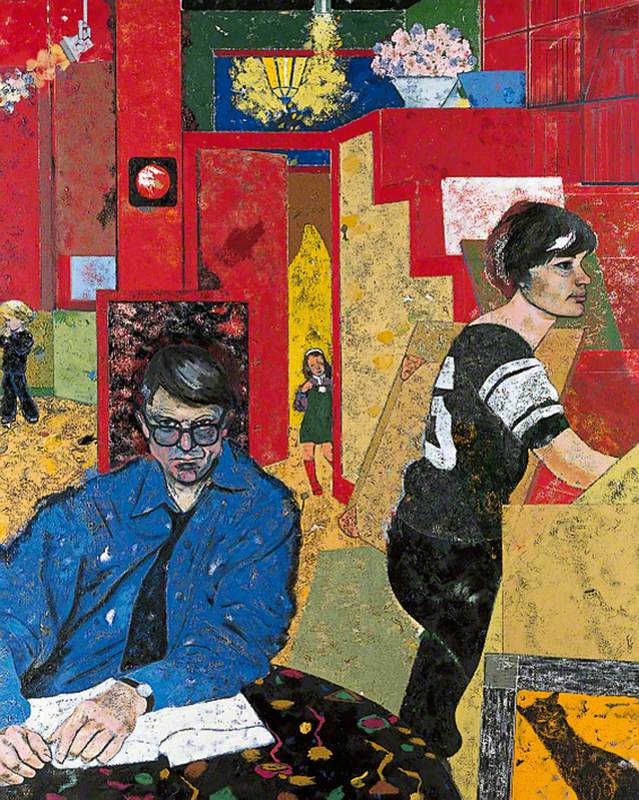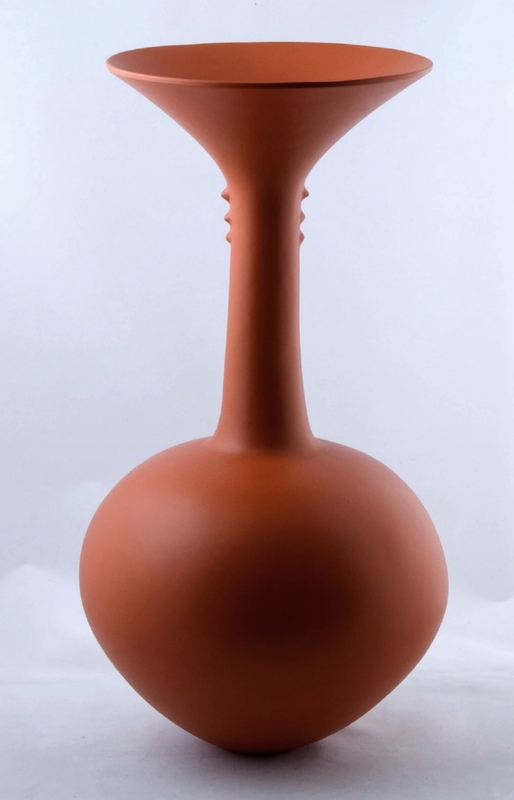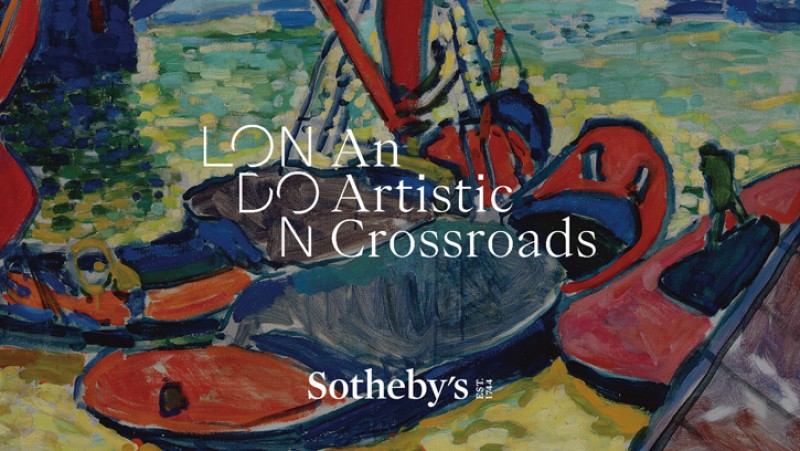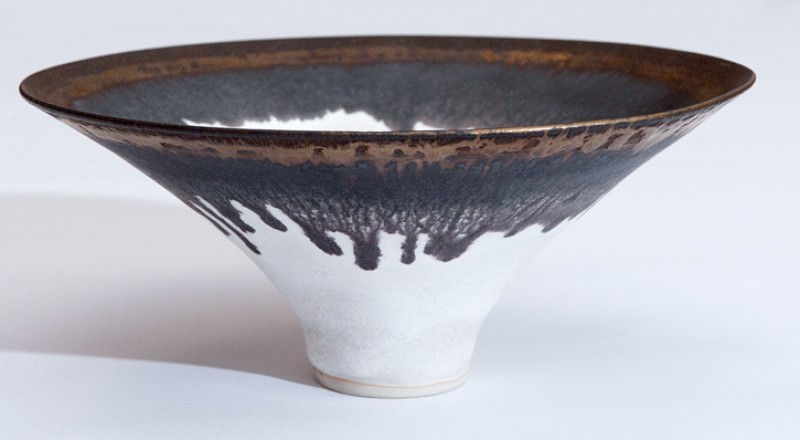Twelve UK museums come together with Art UK and Sotheby's to stage a month-long exhibition celebrating the UK's central role in the creative lives of leading international artists.
The free exhibition 'London: An Artistic Crossroads' is on display at Sotheby's New Bond Street Galleries from 25th May to 5th July 2024.
Francis Bacon was Lucian Freud's senior by some 13 years but they became close friends during the 1950s. Both were émigrés, Freud from metropolitan Germany, Bacon from rural Ireland, and neither ever settled to the patterns of what might be called a conventional life. Bacon would paint Freud on several occasions, while Freud not only painted Bacon's portrait but also acquired the older painter's Two Figures, of 1953, a blurred depiction of two naked men urgently coupling in a field of grass.
The two painters shared among other things the conviction that figurative art still had a place, and could still be kept alive (and kicking) in the second half of the twentieth century. They maintained that belief despite the transatlantic triumph of Abstract Expressionism, and despite the repeated insistence of later avant-garde dogmatists that painting itself was dead. London, traditionally inhospitable to extremist ideologies, was a good home for artists determined to buck the trend.
During the late 1940s and early 1950s, Francis Bacon developed what was to become his most famous image: the screaming, snarling or otherwise distorted pope. It was an invention inspired by a venerable Old Master prototype, Diego Velázquez's mid-seventeenth-century Portrait of Pope Innocent X, a picture which came to obsess Bacon despite the fact that he only knew it from postcards and other reproductions. Pope I (Study after Pope Innocent X by Velázquez) is a bleak and darkly powerful example of the painter's several variations on this theme.
Pope I (Study after Pope Innocent X by Diego Velázquez)
1951
Francis Bacon (1909–1992) 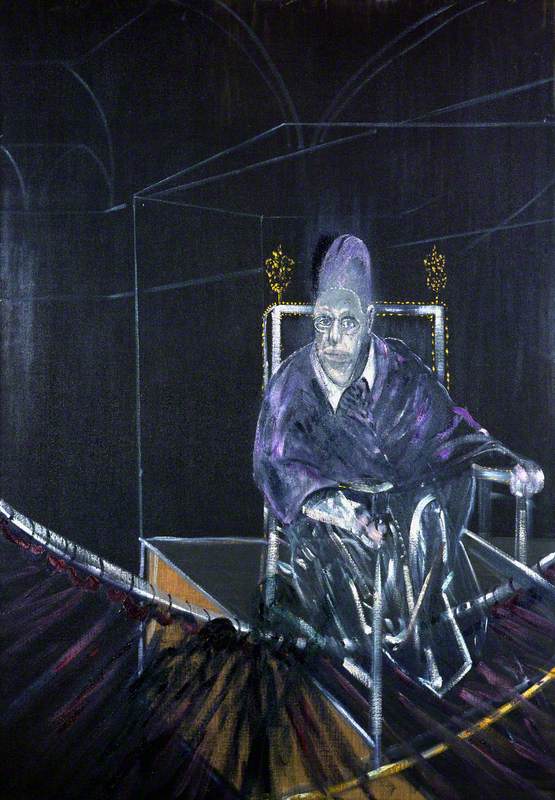
An authority figure from the distant past has been not so much reworked as put through a pictorial mangle – and subjected, in the process, to multiple indignities. Bacon has endowed his pseudo-Pope with a pair of owlish spectacles and given him a mouth frozen as if by a recent dental operation or the compulsive tic of a paralysed muscle. An umbilical cord – or is it a circus high wire? – has been coiled under his throne, which is also encased in what looks like a glass box, evoking the booths occupied by the Nazis accused of war crimes at the trials in Nuremberg.
Bacon's extreme and carnivalesque distortions of Velázquez's portrait were created, it might be argued, in response to qualities implicit in the original.
Innocent X himself is said to have commented that it was troppo vero – too true to life – and for all its splendour of costume and setting, Velázquez's picture remains memorable, above all, for the revealing humanity of the sitter's expression: a look in which suspicion, volatility of temperament, and the calculating instincts of a master of realpolitik uneasily coexist.
It was that sense of a gap, between the image of power and its dark human embodiment, that fascinated Bacon; and it was his instinct to widen that gap so far that it became a yawning chasm. The result was an image at once absurd and appalling, with an implied charge of meaning that could hardly have been more topical in a post-war world still traumatised by the revelation of what had gone on in places such as Dachau, Auschwitz and Buchenwald. The abuse of power leads to atrocities.
Andrew Graham-Dixon, art historian and broadcaster
The free exhibition 'London: An Artistic Crossroads' is on display at Sotheby's New Bond Street Galleries from 25th May to 5th July 2024
You can download the free exhibition tour within Art UK's guide on Bloomberg Connects
